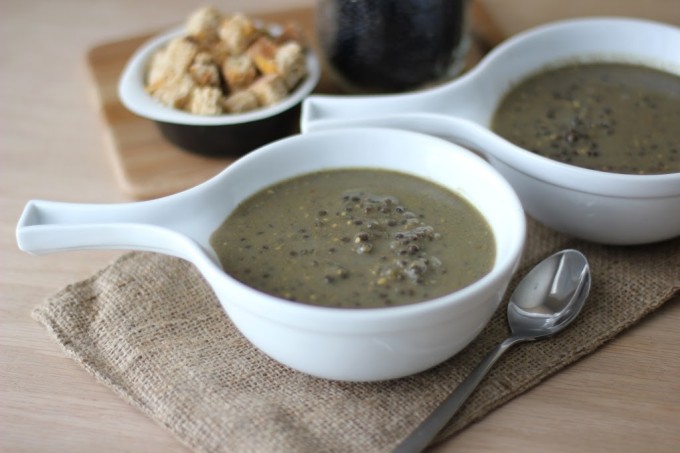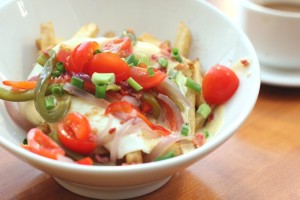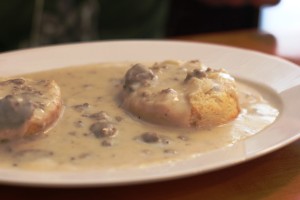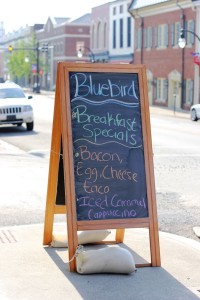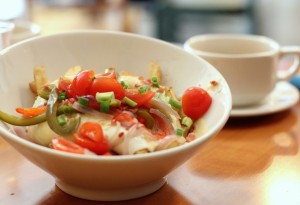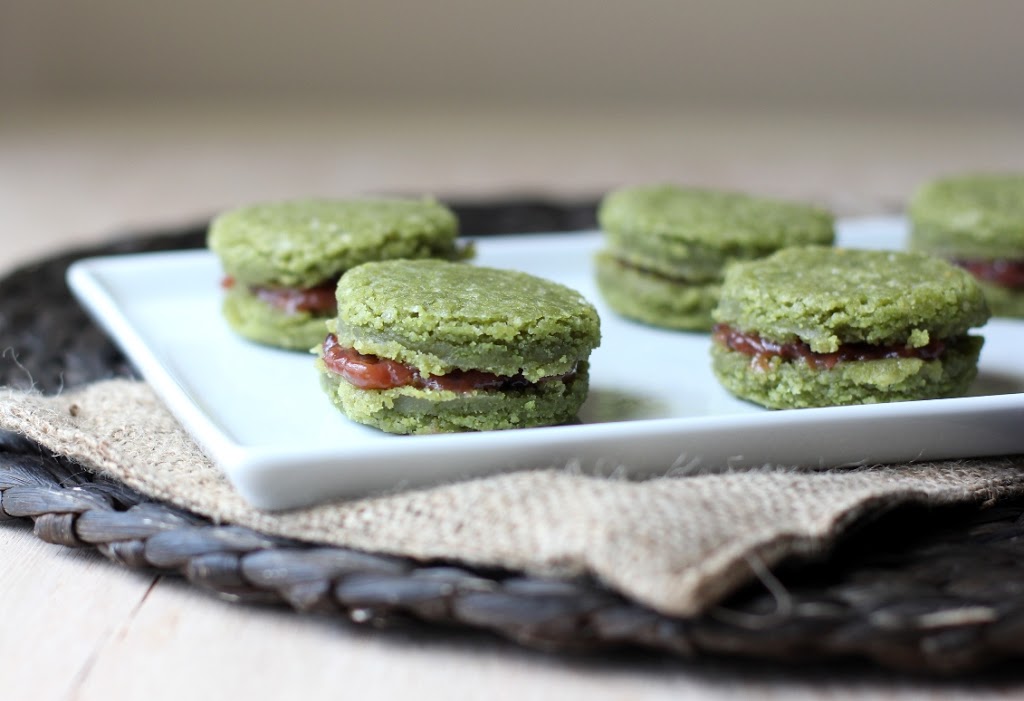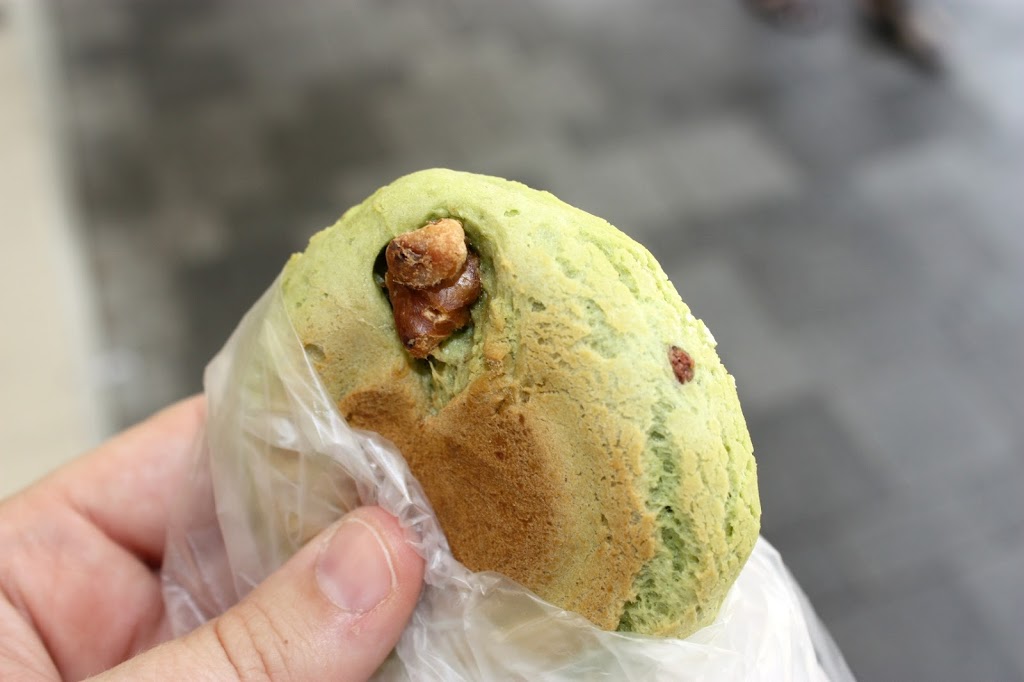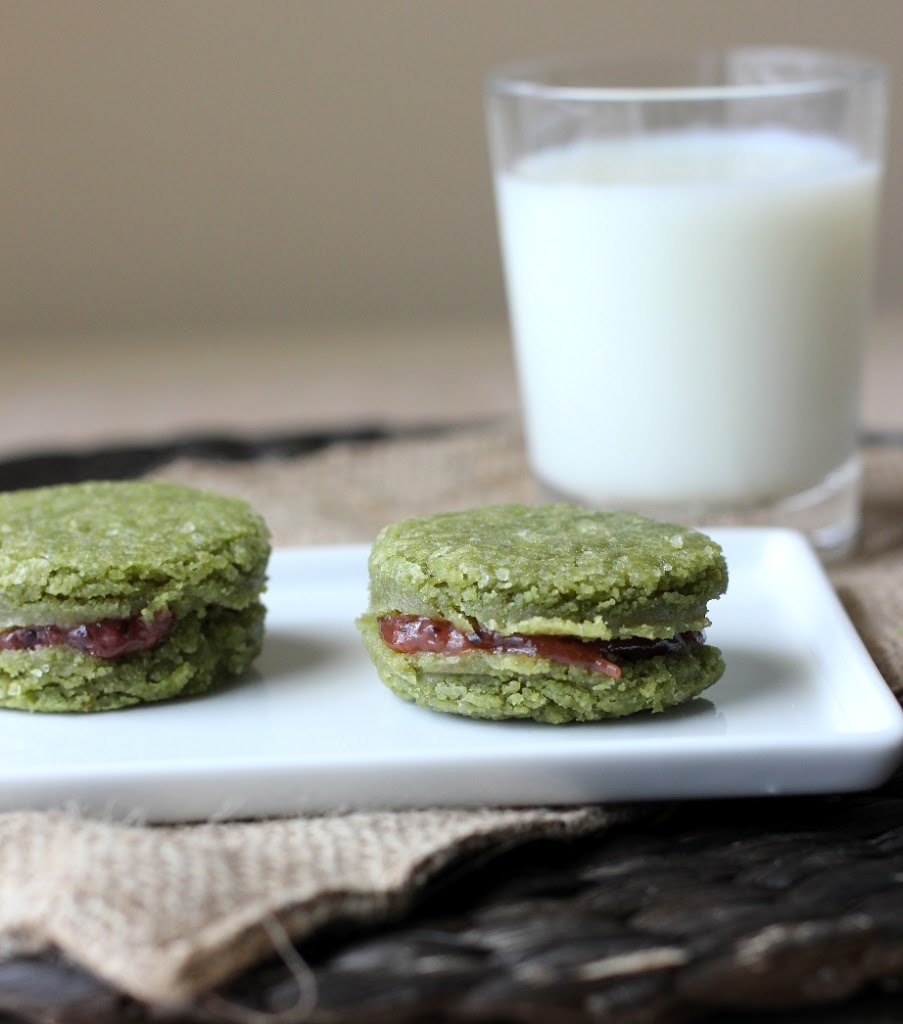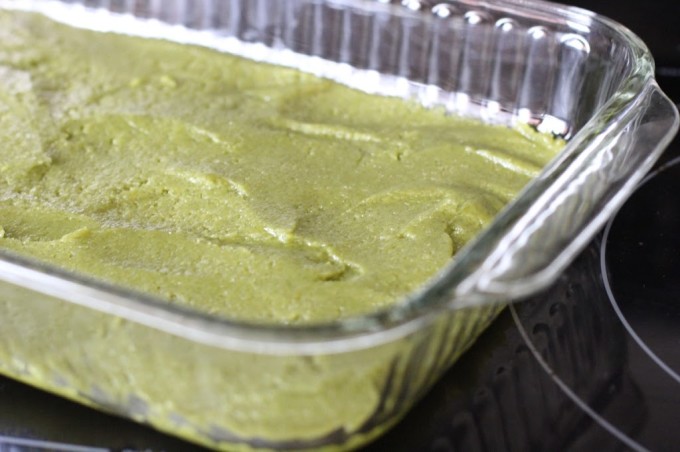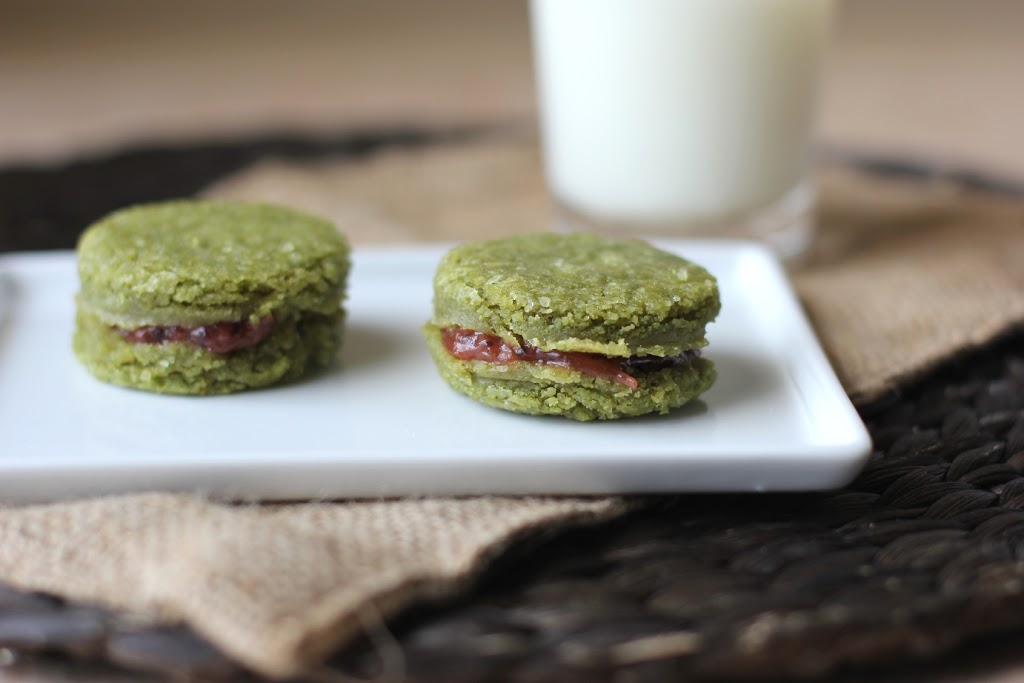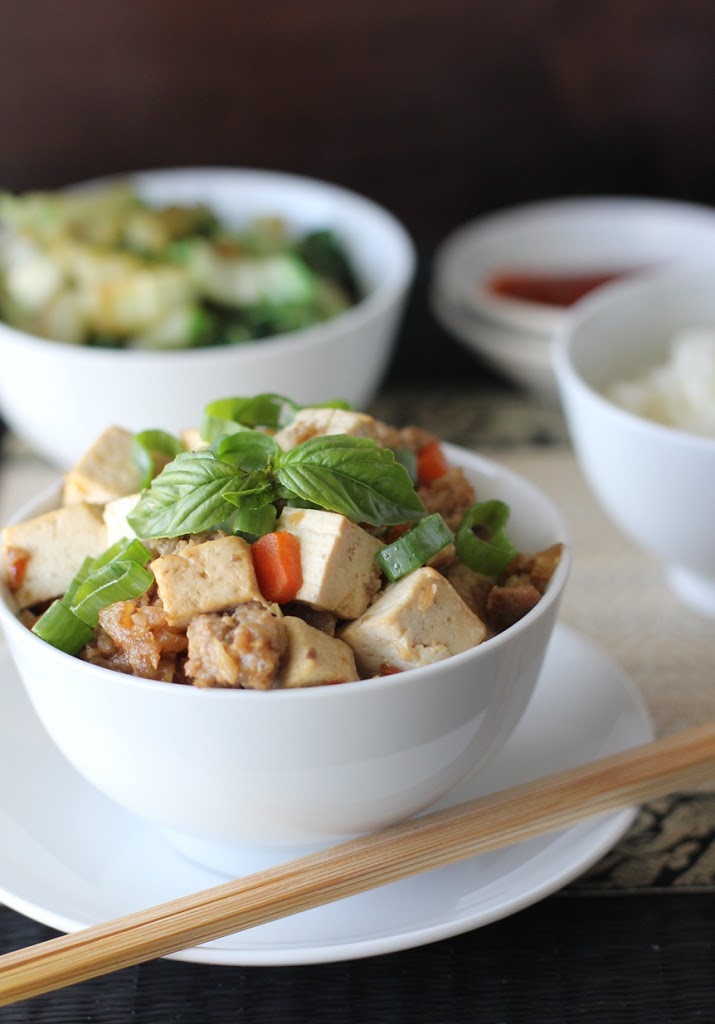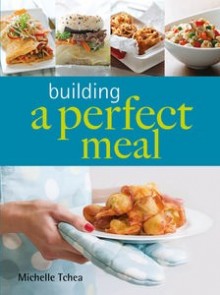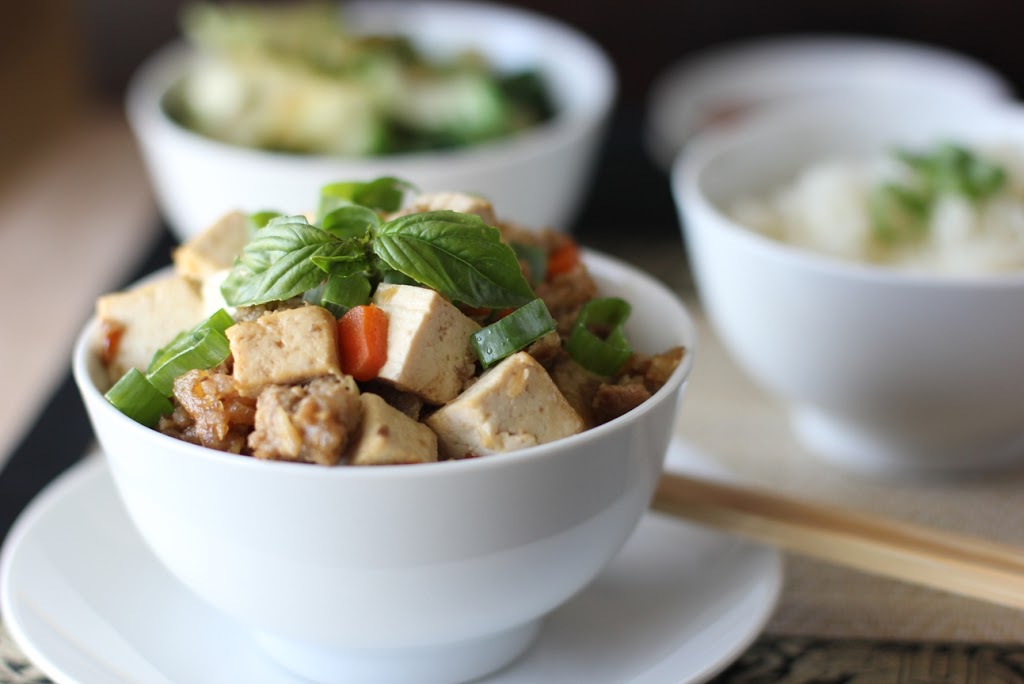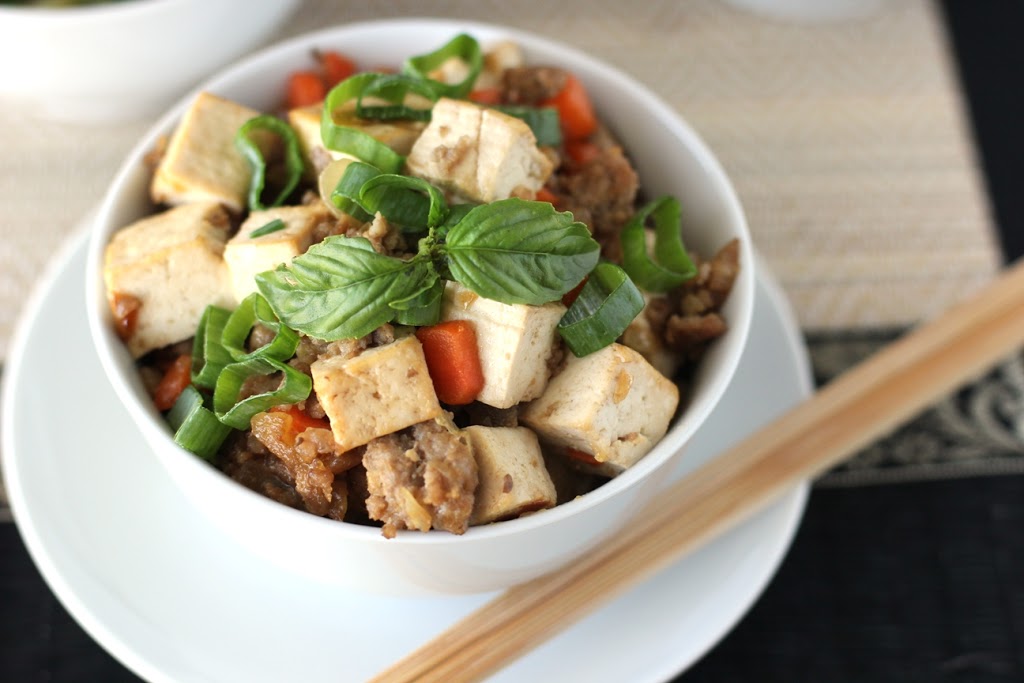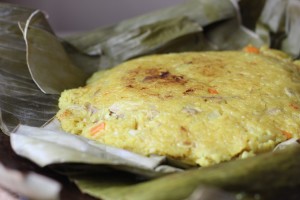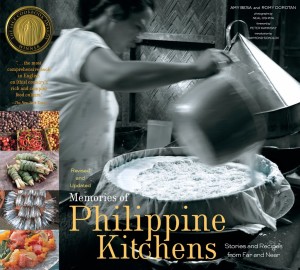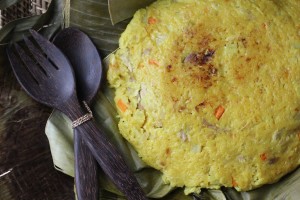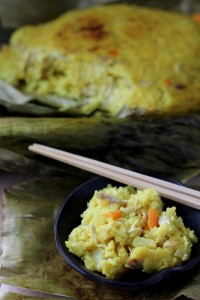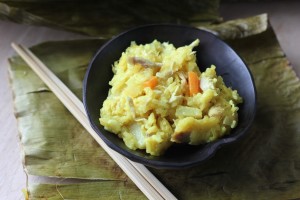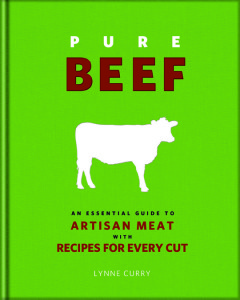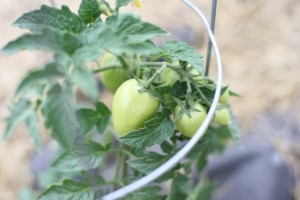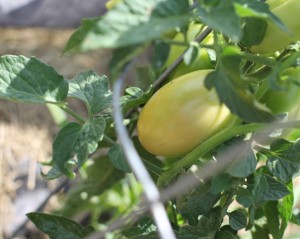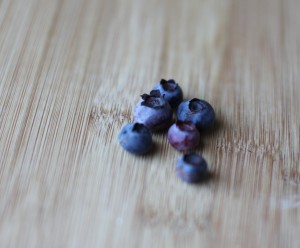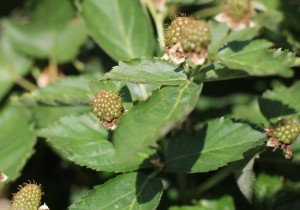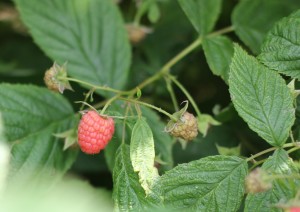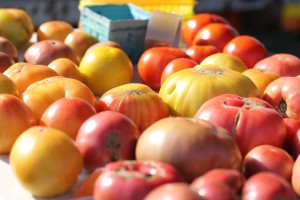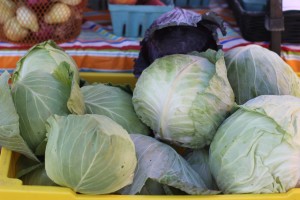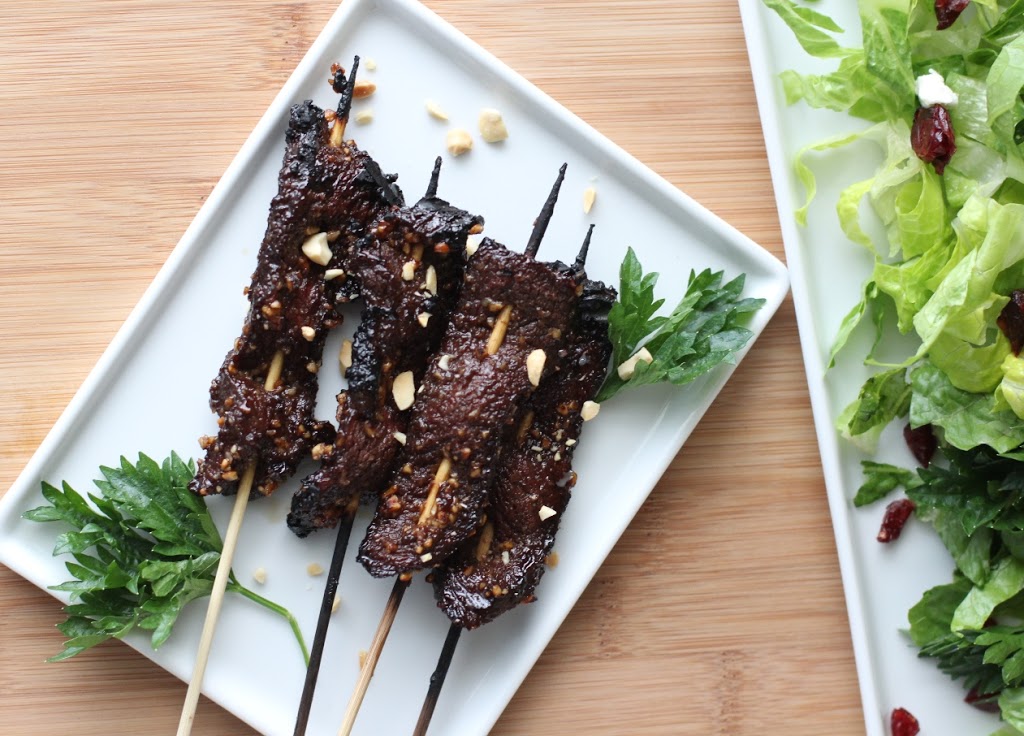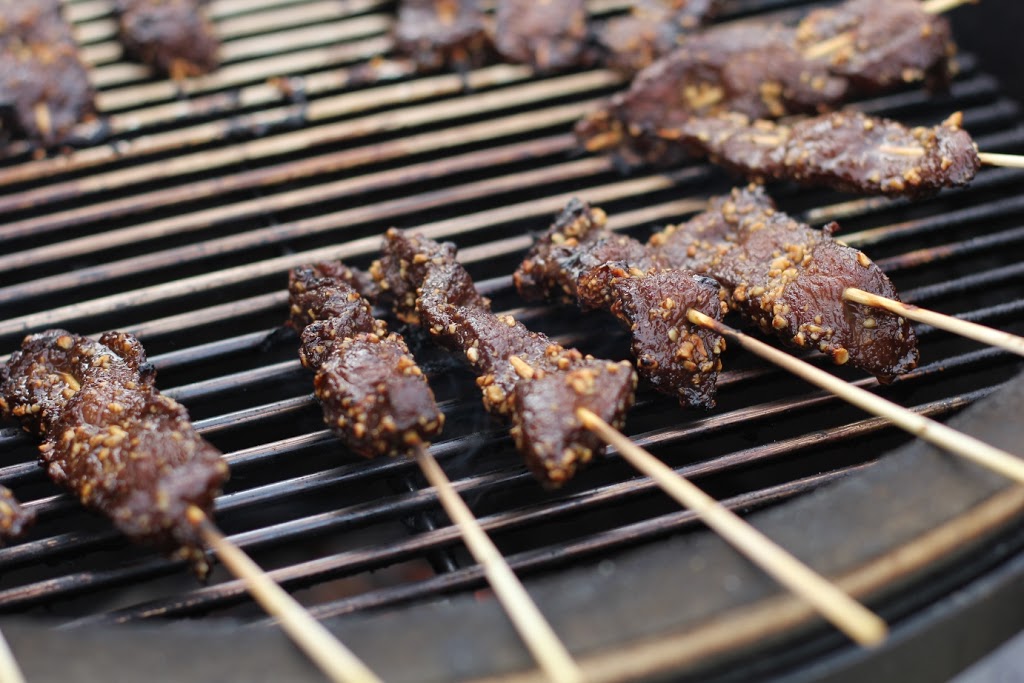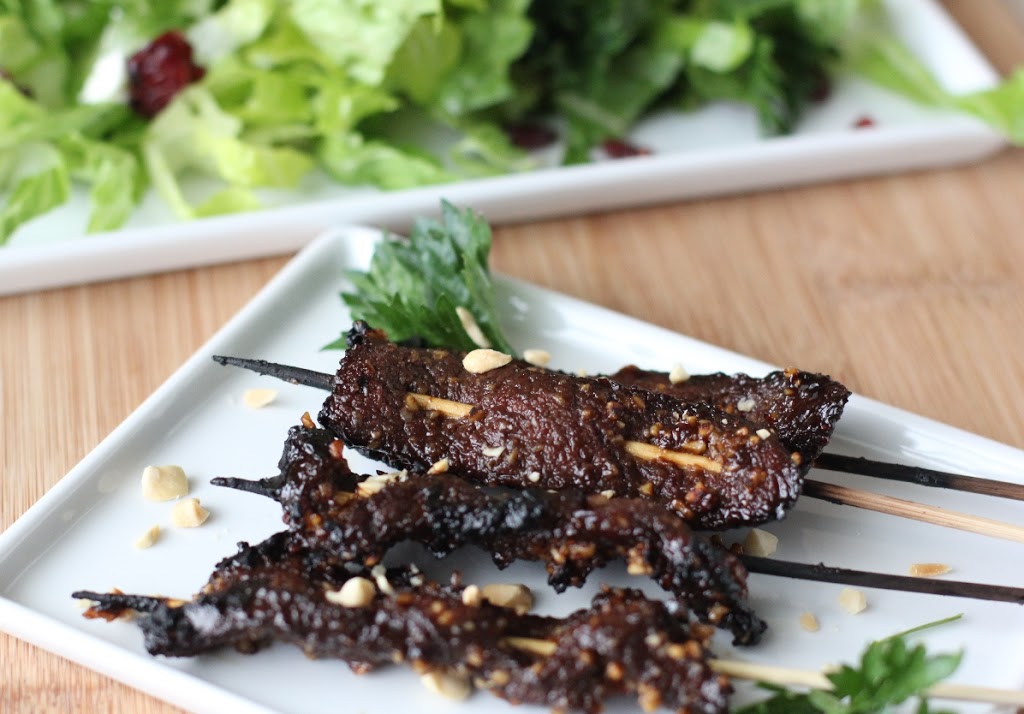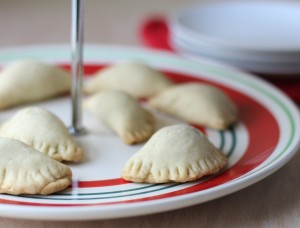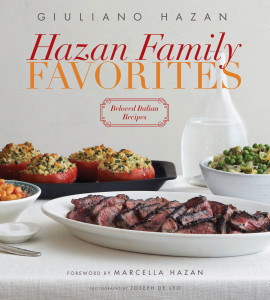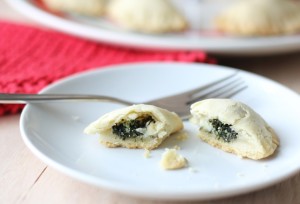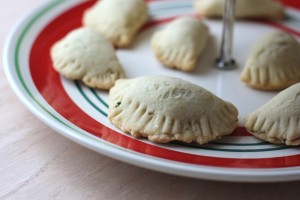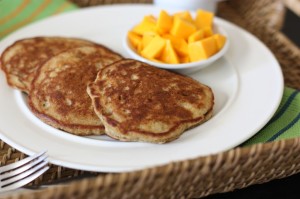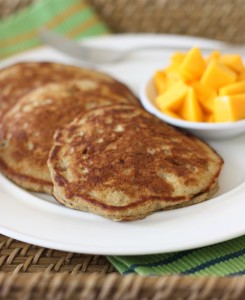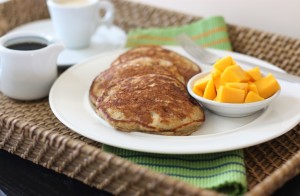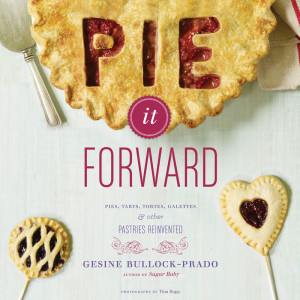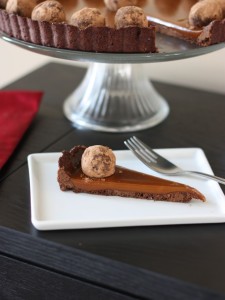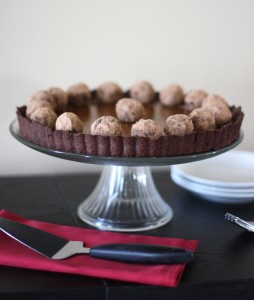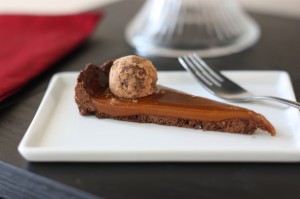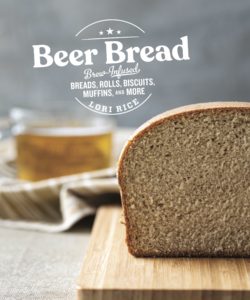This eggplant and black lentil soup recipe is one I came up with after a Kentucky Food Bloggers event at Whole Foods. I’ve used black lentils a lot more since then, but this recipe still remains a favorite for cool summer days and for transitioning into autumn. It’s thickened with eggplant puree and flavored with tahini and garam masala.
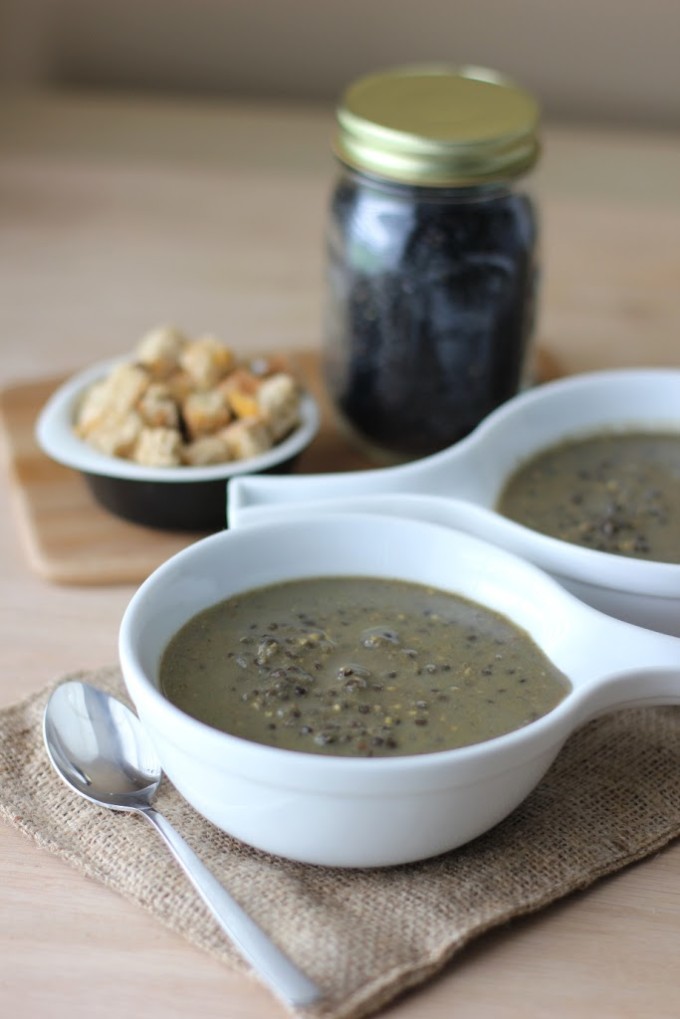
- 6 small eggplants (you need about 1 cup roasted pulp)
- 1 1/2 tablespoons extra virgin olive oil
- 1 small onion, chopped
- 2 cloves garlic, minced
- 4-6 cups vegetable stock
- 2 tablespoons tahini
- 1 cup black lentils
- 1 teaspoon salt
- 1 teaspoon garam masala powder
- ¼ teaspoon ground black pepper
- ¼ teaspoon crushed red pepper
- Preheat the oven to 400 degrees F.
- If your eggplant is round, de-stem and cut each in half. Longer Japanese style can be roasted whole. Lightly coat the eggplants with 1/2 tablespoons of the olive oil and spread in an even layer, cut side down, on a baking sheet. Bake for 20 minutes, or until pulp is very soft. Remove from the oven and allow to cool.
- In a soup pot, heat the 1 tablespoon of olive oil over medium-high and add the onion and garlic. Cook over medium to medium-high until the onions begin to soften, about 3 minutes. Add 4 cups of the stock. (Reserve the remaining 2 cups to add later, if you want a thinner soup.) Simmer for about 3 minutes.
- Scoop out the cooled eggplant pulp and transfer it to the soup pot. Use an immersion blender to blend the eggplant, onions and garlic with the stock until smooth.
- Add the tahini, and bring the soup to a low boil. Stir in the lentils. Reduce heat and simmer for 20 minutes or until the lentils are tender. Add the salt, garam masala, black pepper and crushed red pepper. Add more or less of each to taste. Simmer for another minute or two and serve.
Voting for the Country Living Blue Ribbon Blogger Awards ends September 17, 2012! Fake Food Free is a finalist! If you enjoy my blog, I’d truly appreciate your vote for Reader’s Choice. You can vote here, no sign in or registration required.
Disclosure: Some products in this recipe were given to me free of charge from Whole Foods Market. I was not required to post about them and received no compensation for doing so. Thoughts here are my own.
Thanks for reading! All images and content are the property of Fake Food Free unless otherwise stated. Please do not republish full recipes and images without written permission. What is okay? Feel free to Pin images, share links to my posts or share the photo in a round up post with the title of this recipe and a link back to the post. Confused about copyright and food blogs? Here is some helpful information on Recipe Attribution. If you want to use a photo or full recipe, just ask. I’m sure we can work something out.

